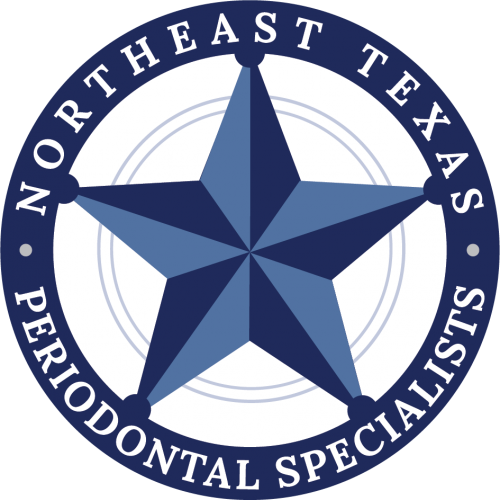What Happens During Deep Teeth Cleaning?
Good oral hygiene is the foundation of a healthy mouth, but even with regular brushing, flossing, and dental checkups, plaque and tartar can sometimes build up beneath the gumline. When this happens, your dentist may recommend a deep teeth cleaning to restore gum health and prevent further damage. If you’ve never had one before, you may be wondering what the procedure involves. Knowing what to expect can make the experience easier and less intimidating. Read on to learn more about what you can expect.
Why might you need a deep teeth cleaning?
Deep teeth cleaning, also called scaling and root planing, is designed to remove hardened plaque and tartar that have settled under the gums. This buildup can lead to gum inflammation and pockets forming between the teeth and gums, creating space for bacteria to grow. Over time, untreated bacteria can cause gum disease, which may result in tooth loss or damage to the bone supporting your teeth.
Your dentist might suggest a deep cleaning if you show signs such as bleeding gums, swelling, persistent bad breath, receding gums, or loose teeth. These symptoms often indicate the presence of periodontal disease, which requires treatment beyond a routine cleaning.
What happens during the procedure?
A deep cleaning is usually completed in one or two visits, depending on the extent of the buildup and the number of areas that need treatment.
The first step is applying a local anesthetic to numb the treatment area. This ensures the procedure is comfortable and pain-free. Once numb, the dentist begins scaling, using specialized instruments to remove plaque and tartar from beneath the gumline and along the tooth roots. These tools allow the dentist to reach areas that regular cleanings cannot.
After scaling, the next step is root planing. This involves smoothing the surfaces of the tooth roots so bacteria have fewer places to hide. Smoothing also helps the gums reattach more securely to the teeth, reducing pocket depth and lowering the risk of future buildup. Many dentists finish by applying an antibacterial rinse beneath the gums. This helps flush away lingering bacteria and supports healing.
Does it hurt?
The procedure itself should not be painful thanks to the anesthetic. You may feel pressure or light scraping, but you shouldn’t experience sharp pain during the cleaning. Once the numbness wears off, it’s common to have mild tenderness or sensitivity in the treated areas for a few days.
Recovery and aftercare
Any discomfort after a deep cleaning is usually short-lived and manageable with simple measures. Over-the-counter pain relievers can ease tenderness, and rinsing with warm salt water can soothe the gums. Sticking to softer foods for a day or two can help avoid irritation, and using a soft-bristled toothbrush will protect sensitive areas while keeping them clean.
What does this mean for me?
A deep teeth cleaning is more thorough than a standard dental cleaning, but it’s a routine procedure that plays a vital role in stopping gum disease and restoring oral health. With the use of numbing medication, most patients find it very manageable. If your dentist recommends one, following through can make a lasting difference for your gums and your smile.

